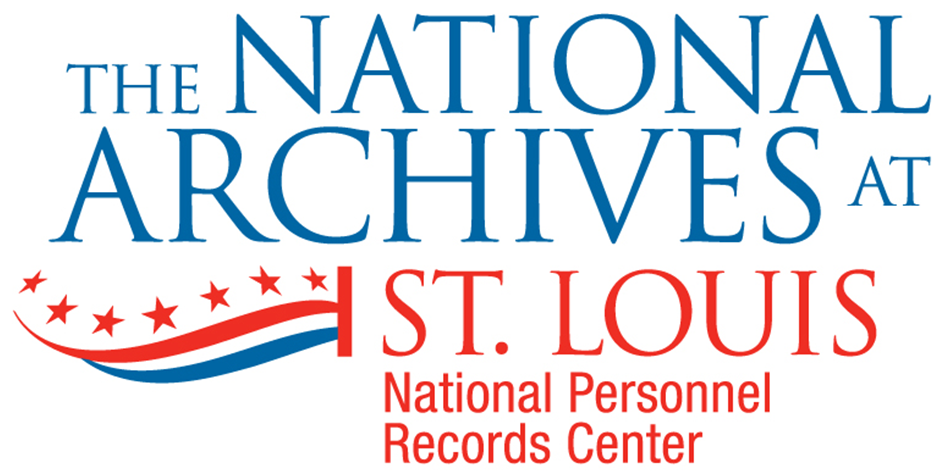On July 12, 1973 firefighters responded to a call from the National Personnel Records Center, the holder of millions of military files from the 20th century. Starting from the sixth floor of the building, the fire burned out of control for twenty-two hours, and an additional two days were necessary before firefighters could re-enter the building. After more than four days and millions of gallons of water, the fire was out, but not before destroying eighteen million veterans’ records and damaging an additional six-and-a-half million.
Forty years later the National Archives facility in St. Louis is still working to locate and process the fragile burnt documents at the requests of veterans and their families, frequently for proof necessary for entitlements like medical care, education benefits, and burial. The project requires thirty full-time staff members to handle requests for records that were destroyed in the fire.
“That’s just the reference piece of it. There are another 25 full-time people who do preservation work, and a significant part of that involves records salvaged from the fire,”said Scott Levins, director of National Personnel Records Center.
The center holds approximately sixty-million military personnel records spanning the time between the Spanish-American War and the year 2000, at which point the center moved to electronic record keeping. Every day nearly 5,000 request come in to the center, many of which are not damaged or are post-fire records. However, about 200 to 300 of those requests are referred to the paper treatment lab. The records damaged in the 1973 fire make up about three-quarters of the lab’s work, according to Marta O’Neill, head of the center’s preservation program.
After the fire, water damage and mold were the next threats to the records. Using a vacuum-drying chamber at McDonnell Douglas’ St. Louis lab the temperature in the chamber was dropped to the freezing point and then filled with a hot, dry air. About eight tons of water was extracted from each load of 2,000 milk-crate sized containers full of records, the Stars and Stripes reports.
As time passed and technology improved, the center’s paper treatment lab has developed new ways to retrieve information from the damaged files. Because ink burns at a different rate than paper, the lab is able to use infrared imagining technology to see what is on some records. The lab is also looking into a new technology developed at the University of Colorado that can read under fibrous layers and reconstruct text.
“A lot of our records that were damaged in the fire are fused together, like a block,” O’Neill said. “Or there are several sheets of paper that are stuck together, and if you try to separate them physically, you’re going to tear the paper or the top piece is going to stick to the lower piece and you’re still no better off.”
Levins noted that the most common method of retrieving records is research via indirect records to find data verifying an individual’s service. After that the center can write up with a new document for people to use to get their entitlements.
But the fire has had some positive effects. Archives are now outfitted with fire walls that are meant to contain the damage of fire to a small area, and sprinklers have become the norm in these facilities. After the fire, the federal government stopped the regular disposal of records potentially useful for reconstructing veterans’ records. According to Levins the federal government “is taking better care of these records today than they have at any other time in the history of the republic.” The military records at the center count among the three-percent of federal records that are protected from being destroyed. “When I speak to veterans groups, I tell them that in [a] sense they’ve been immortalized,” Levins said. “If you served in the United States military, your record’s going to be kept forever, just like the U.S. Constitution.”
